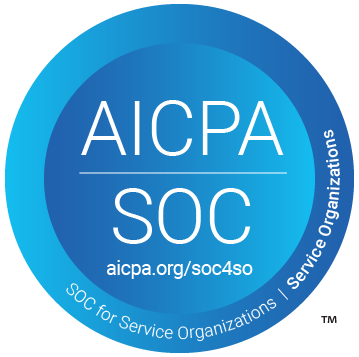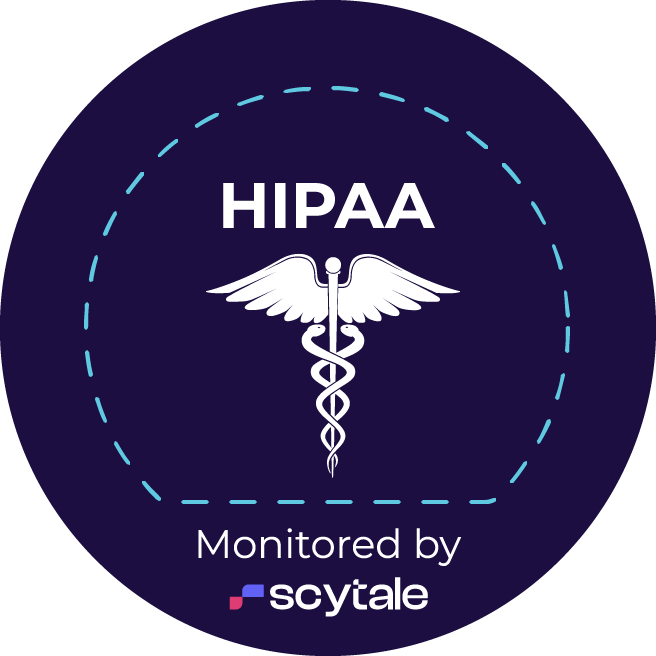
There has been much buzz recently about new AI models and the impact they will have on the broader landscape of technology and society. These AI models (“foundation models”) form the bedrock upon which the nuanced daily operations of society rest.
History Rhymes
If we broadly divide society into “business” and “consumer” activities, we are clearly at a stage on the “consumer” side where people are essentially “freestyling” with ChatGPT, Claude, and other chatbot-like solutions. To us, it’s analogous to the early internet: “I can create websites and I can look for websites! But what good are they?” (An infamous Bill Gates/David Letterman interaction comes to mind). At that time, the value accrued to the folks building the hardware, networking, and so forth. Those capabilities were the “moats” that those companies had. It would still be a decade before clear channels were created to organize all this “freestyle” energy into clear workflows. Then the value started to accrue to the “aqueducts” — the companies that effectively trained users to perform their actions, in a certain way (Vacation rental? Airbnb. Shopping? Amazon. Mobility? Uber).
From Freestyle to Workflow
What’s interesting to us is that, at least in law, there appears to be a good amount of consumer-style experimentation going on. People are playing around with ChatGPT and are clearly getting impressed by what it can do when you ask it a question. Same goes for Claude, and to a lesser extent, Gemini and Perplexity (which is not a foundation model but is effectively used in the same manner as the other three). Truth be told, it is essentially the same kind of “freestyling” from the Geocities or MySpace era (if you know, you know). Lots of potential, lots of randomness. But all of it necessary as we collectively figure out what makes sense.
Drain the Moats, Build the Aqueducts
As this freestyling is happening, the models themselves are getting much better. And what’s interesting is that they are more or less all getting better in the same ways. Therefore, the differences between the models — their competitive advantages, their “moats” — are gradually disappearing. We’ve run so many general-purpose queries in both Claude and ChatGPT where the answers are so similar that, if these were students, you’d take them to the principal’s office for copying each others’ homework. So, our view is that it matters less today what model you use than it did 12 months ago, and it will matter even less 12 months from now.
That’s where the aqueducts come in.
At Threadeo, we focus on a narrow but important part of the legal landscape: specifically, summaries of depositions, arbitrations, and trials. These incredibly high-quality summaries are produced through an intricate dance of multiple models, iterations, and refinement. We swap models often; based on continuous testing and feedback. What stays constant, however, is our commitment to making the summary a seamless part of your workflow. This workflow — this “flow” information via a process, however structured or unstructured — is how every single business, organization, and law firm operates. It’s “the way things are done around here”. It’s “how we’ve always done it”.
Within an industry, these workflows are a lot stickier than people on the outside of the industry realize. [Ask us how we know. Or actually, don’t.]
Once you recognize this fact, and once you recognize the portions of the workflow that are “good enough” and not really going to change vs. which ones are terrible but people put up with them anyway, now you’re on to something. Figure out the tedious portions of how things are done, and tackle those head-on. Identify what people are actually OK with, and don’t waste energy trying to change that just yet. Build the aqueduct to connect the portions of the workflow that are “acceptable”, that soars right over the tedious parts. That is genuine value for the attorney, for their associate, for their paralegal, and for their entire support team. That’s what our summaries aim to do. By minimizing the tedium and time spent poring over transcripts, our insightful and trustworthy summaries enable legal teams to enhance and accelerate their case preparation, which is the whole point anyway. [Notice how we got away without using the term “AI” for the past four paragraphs. Because which AI model is used for the aqueduct-building is secondary. The clients’ needs come first; the models come second].
Synthesis
The foundation models that sparked such excitement at the beginning of this story? They’re becoming commoditized building blocks – necessary but no longer sufficient for competitive advantage. The real differentiation, the true value creation, comes from understanding how to channel their power into existing workflows.
Do it well enough, and repeat it often enough, and your aqueduct becomes the moat.

